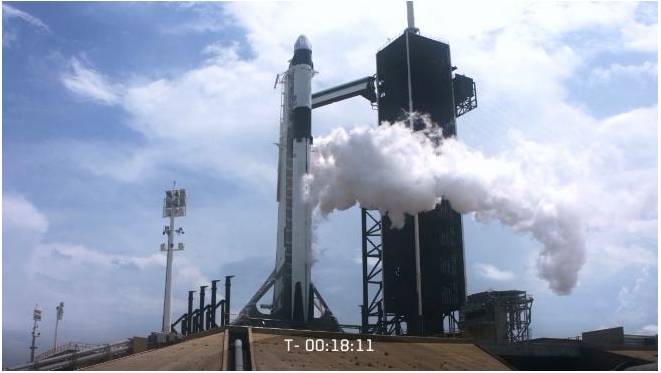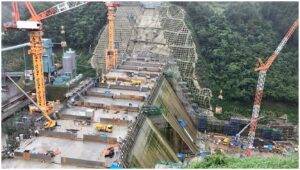
With this upgrade, SpaceX could save up to $ 6 million on each space launch
This week Elon Musk told us about a new achievement by his most stellar company: SpaceX had for the first time managed to capture the two halves of the fairing of a Falcon 9 rocket .
And what is a fairing? It is a coating that adapts to the chassis of different vehicles -planes, trains, cars, motorcycles … and yes: also space rockets- and its purpose is usually to improve aerodynamics , although it is also used for aesthetic or maintenance purposes . This shell can be made of various materials, from titanium to plastic to fiberglass.
In the Falcon 9, the fairing surrounds the load on the launch vehicle. To recover it SpaceX has used two ships equipped with special nets designed to catch each half as it falls . Until now the company had managed to catch only one, and finally it has taken both.
And why is it relevant that SpaceX has recovered these pieces of ‘space junk’? Well, among other things, because the company estimates that capturing both halves of the fairing after each launch could save up to six million dollars between recovery costs – they fall to the bottom of the sea and then have to be removed – and manufacturing costs – until now. they had to be made new on most occasions.
It is well known that one of the goals that Musk has had since launching SpaceX is to make space vehicles, their components and all the technology around them as reusable as possible .
An example is Falcon 9 itself : until its creation, rockets that went into space became space junk , in many cases impossible to recover, much less to reuse. SpaceX’s is designed so that its first stage can return to Earth after launch, to land on the company’s ‘Of Course I Still Love You’ platform in the Atlantic Ocean . To date, 87 Falcon 9s have been launched, that first stage of the rocket has been brought back 48 times and 33 have been reused.
Attempts to recover the fairing have not been as successful. Although the company has recovered halves from the ocean, and has even reused them after recovering them from the seabed , as we said so far it had only caught individual halves, getting a first catch in June of last year and another in January.
The fairing halves do not have any propulsion system to control their landing like the Falcon 9’s first stage, instead they are decelerated via a parachute , meaning there is a greater reliance on the boats being positioned correctly. This implies being able to anticipate its fall . Catching the halves using the ships’ nets rather than retrieving them from the ocean – after a soft and controlled landing – can save you not only costs, but also a lot of time, effort and risks for personnel.

